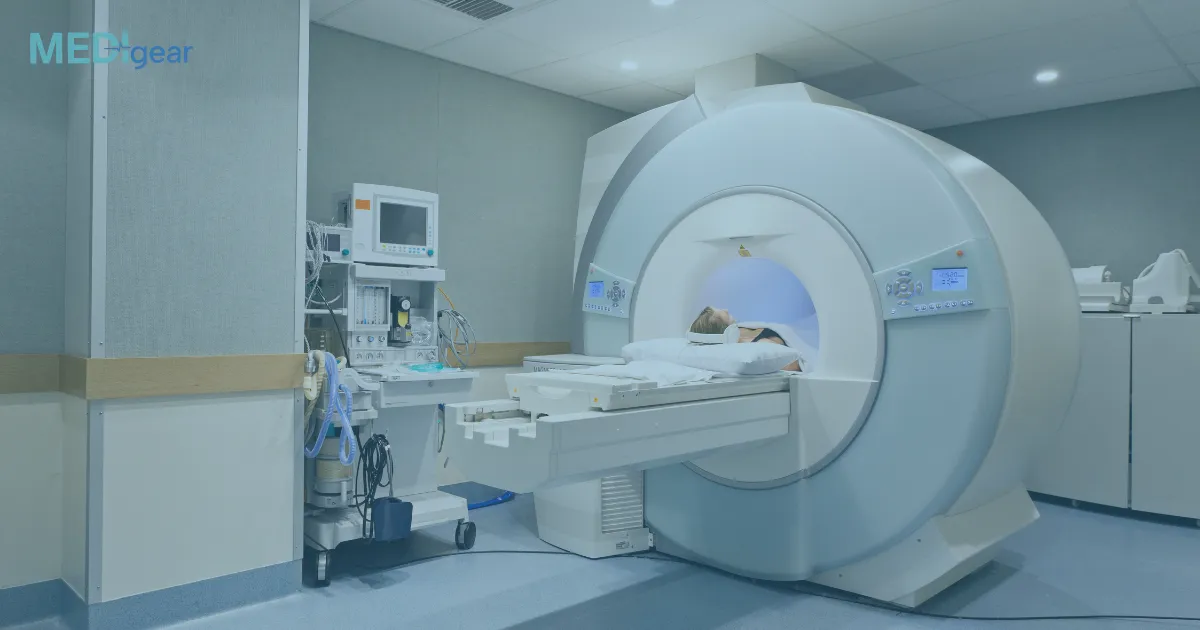Early cancer detection is one of the most powerful tools in improving survival rates and treatment outcomes. Among the advanced imaging technologies available today, Positron Emission Tomography (PET) scanners stand out for their ability to identify cancer at its earliest stages, often before physical symptoms appear. By providing a detailed look at how tissues and organs are functioning, PET scanners allow doctors to detect cancer with greater accuracy and precision.
What is a PET Scanner?
A PET scanner is a medical imaging device that uses a small amount of radioactive material, called a radiotracer, to create detailed images of how the body’s cells are working. Unlike traditional imaging methods such as X-rays or CT scans, which show structure, PET scans reveal metabolic and biochemical activity inside the body.
How PET Scanners Work in Detecting Cancer
- Injection of a Radiotracer
The patient receives an injection of a radiotracer, commonly fluorodeoxyglucose (FDG), which mimics glucose. - Uptake in Cancer Cells
Since cancer cells grow and divide rapidly, they consume more glucose than normal cells. The FDG accumulates in these active areas. - Emission of Positrons
As the tracer breaks down, it emits tiny particles called positrons, which interact with electrons and produce gamma rays. - Image Reconstruction
The PET scanner detects these gamma rays and creates 3D images that highlight areas of abnormal cell activity. Bright or “hot spots” often indicate cancerous growth.
Why PET Scanners Are Effective for Early Cancer Detection
- Metabolic Detection: PET scans reveal cancer at the cellular level, often before structural changes are visible on CT or MRI scans.
- Accurate Staging: PET helps determine how far cancer has spread, guiding treatment decisions.
- Monitoring Treatment Response: PET scans can show if a therapy is effectively reducing cancer cell activity.
- Detection of Recurrence: PET can identify cancer returning earlier than many other imaging methods.
Types of Cancers Commonly Detected with PET Scans
- Lung cancer
- Breast cancer
- Lymphoma
- Colorectal cancer
- Melanoma
- Head and neck cancers
- Brain tumors
Advantages of PET Scanning
- Early detection of cancer before symptoms appear
- Ability to distinguish between benign and malignant growths in some cases
- Combined with CT or MRI for more accurate diagnosis
- Non-invasive and highly reliable in staging cancer
Limitations to Consider
- PET scans involve exposure to a small dose of radiation
- They may not detect very small tumors
- False positives can occur if inflammation or infection is present
- High cost and limited availability in certain regions
Conclusion
PET scanners are transforming cancer care by detecting disease at its earliest and most treatable stages. By measuring cellular metabolism rather than just structure, PET imaging provides doctors with vital information for diagnosis, staging, and treatment planning. As technology advances, PET scanners will continue to play an essential role in saving lives through earlier, more precise cancer detection.
Disclaimer
This blogpost is intended for informational and educational purposes only. It should not be considered medical advice, diagnosis, or treatment. Patients should always consult a qualified healthcare professional for concerns related to cancer screening or diagnosis.






